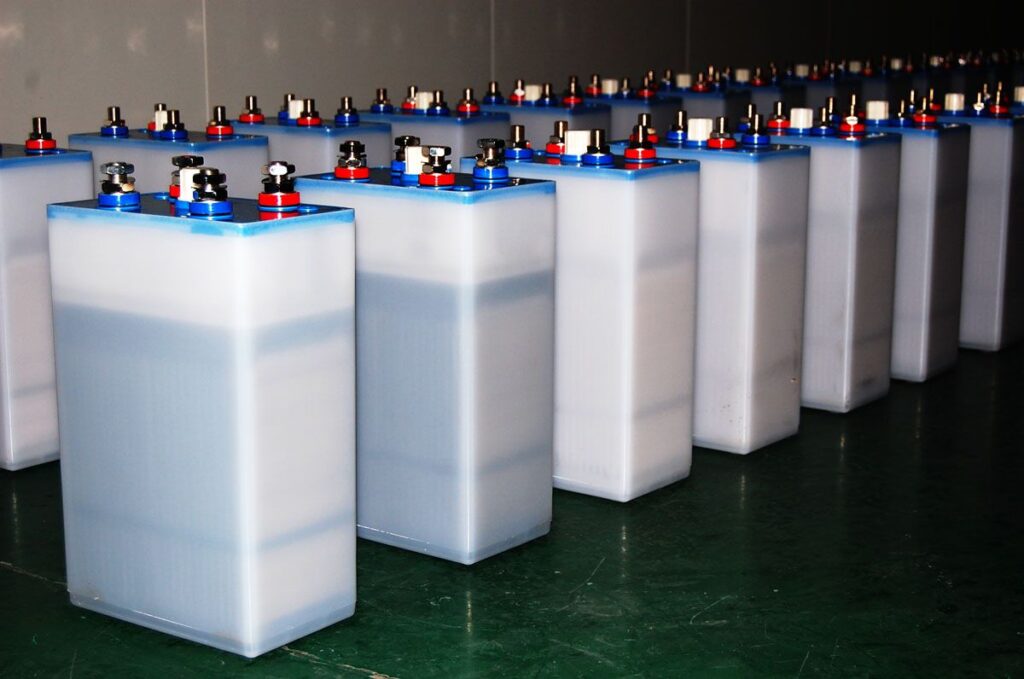The choice between Nickel-Cadmium (Ni-Cd) and Lead-Acid batteries is influenced not only by performance but also by cost and environmental impact.
1. Initial Cost vs. Long-Term Investment
- Lead-acid batteries have a lower upfront cost, making them attractive for cost-sensitive applications.
- Ni-Cd batteries, while more expensive initially, offer longer service life and lower replacement costs over time, making them a better long-term investment.
2. Recycling and Disposal
- Lead-acid batteries have a well-developed recycling infrastructure, with over 95% of used batteries being recycled globally.
- Ni-Cd batteries contain cadmium, a highly toxic metal, making disposal more challenging. However, many countries have strict regulations to ensure proper recycling.
3. Environmental Hazards
- Lead in lead-acid batteries is hazardous if improperly disposed of, leading to soil and water contamination.
- Cadmium in Ni-Cd batteries is toxic and classified as a hazardous material, requiring careful handling and disposal.
4. Regulations and Future Trends
- Many countries are restricting the use of cadmium due to environmental concerns, pushing industries to switch to alternative chemistries like Nickel-Metal Hydride (Ni-MH) and Lithium-Ion (Li-Ion).
- Lead-acid batteries remain widely accepted but are also facing increasing scrutiny due to environmental concerns.
Lead-acid batteries offer affordability and ease of recycling but require regular maintenance and proper disposal. Ni-Cd batteries, while more durable, pose environmental risks due to cadmium content. Future advancements may shift industries toward greener alternatives, but both technologies remain essential in many applications today.


